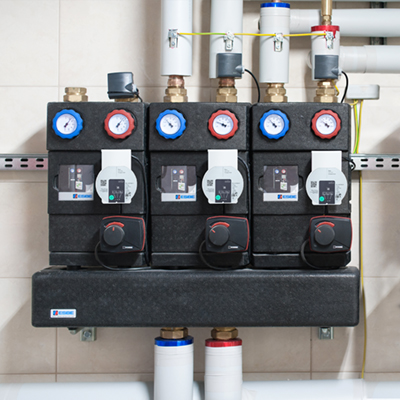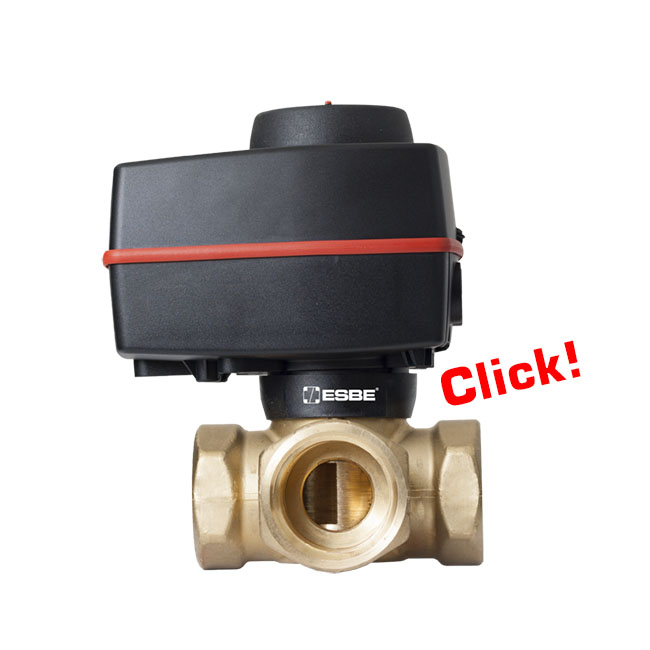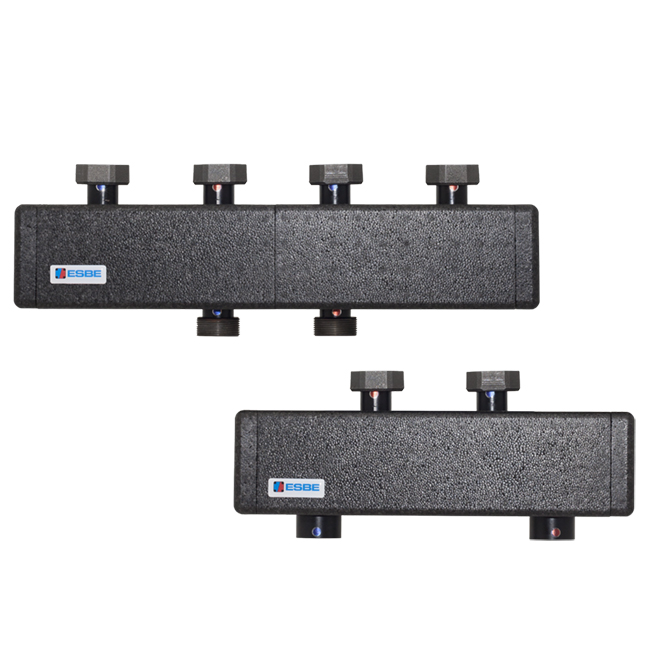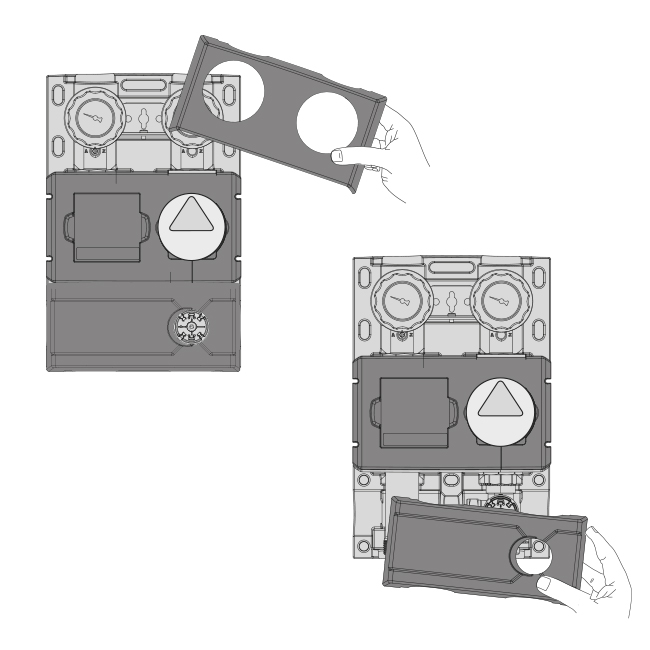4 BENEFITS OF INSTALLING A CIRCULATION UNIT WITH AN ACTUATOR
2025-04-10
There are different kinds of circulation units available in the market. Some circulation units are dedicated to solid fuel-powered domestic installations, while others work well for heat pump or gas boiler systems with e.g radiators or underfloor heating installations. Below, we’re discussing 4 essential benefits brought to the installer by choosing a circulation unit with an actuator.
1. Less selection errors
As a complete unit, the GRA200, GRA300 series circulation unit with actuator frees the installer from having to choose and match all individual fittings and accessories. The components used (progressive valve, rotary actuator, circulation pump, among others) have been selected to ensure outstanding flow control. The installer, then, doesn’t have to worry about oversizing the valve or possible incompatibility, e.g. in terms of actuator type and its rotation time. The circulation unit is also equipped with a check valve—a thing sometimes overlooked by installers when they go for separate devices.
Having a circulation unit installed does reduce errors—but it doesn’t mean that no mistakes can be made. When choosing a device according to installation requirements, several criteria have to be followed. These are:
● system power,
● ΔT of the system,
● Kvs (stated in m3/h, calculated based on system power and ΔT).
Also note that certain water-glycol mixtures used in floor heating circuits may affect pump efficiency.

Example of an installation with circulation units equipped with actuators, from ESBE
2. Quick installation
Installing a circulation unit takes much less time than having all individual components installed. Installation should be done as instructed, which can be summarised as follows:
1. Prepare and clean the surface where the circulation unit is to be placed.
2. Remove the insulation shell from the circulation unit in order to access the connections.
3. Attach and seal the screws. Apply gaskets. Tighten all pipes.
4. Assemble the insulation shell and connect power.
5. Turn on the pump. Make sure it is working correctly, and that there are no leaks in the system.
One of the stages of installing an ESBE circulation unit
3. Easy disassembly and expansion
In case the valve, the actuator, or the pump fails, it takes only a few seconds for the installer to remove the circulation unit’s insulation shell and replace the faulty part. The actuator can be removed from the rotary valve without tools (thanks to the QuickFit connection).

The QuickFit connection — just one click, and it’s ready
Circulation units are suitable for manifolds dedicated to a number of different devices. When expanding the heating system, more than one circulation unit can be installed on larger manifolds. Then, one circulation unit with an actuator may operate the heater circuit, with another one operating the floor heating circuit. The assortment also includes manifolds with a hydraulic clutch.

Examples of GMA400 manifolds:
for a single circulation unit, for two circulation units
4. Excellent insulation
The circulation units’s insulation shell is made from EPP—a material much more resistant to physical factors than the popular styrofoam. Additionally, EPP conforms to stringent EU standards. Individual components of the entire circulation unit are appropriately insulated. This dedicated insulation reliably protects the installation from heat losses, and can be removed easily when required.
The pumps used by ESBE come from renowned manufacturers: Grundfos and Wilo. The circulation units is a proven solution, with many years’ history—and we keep developing it to meet the ever-changing market expectations and installation parameters.
Related articles

Circulation unit isolation can be removed easily





















